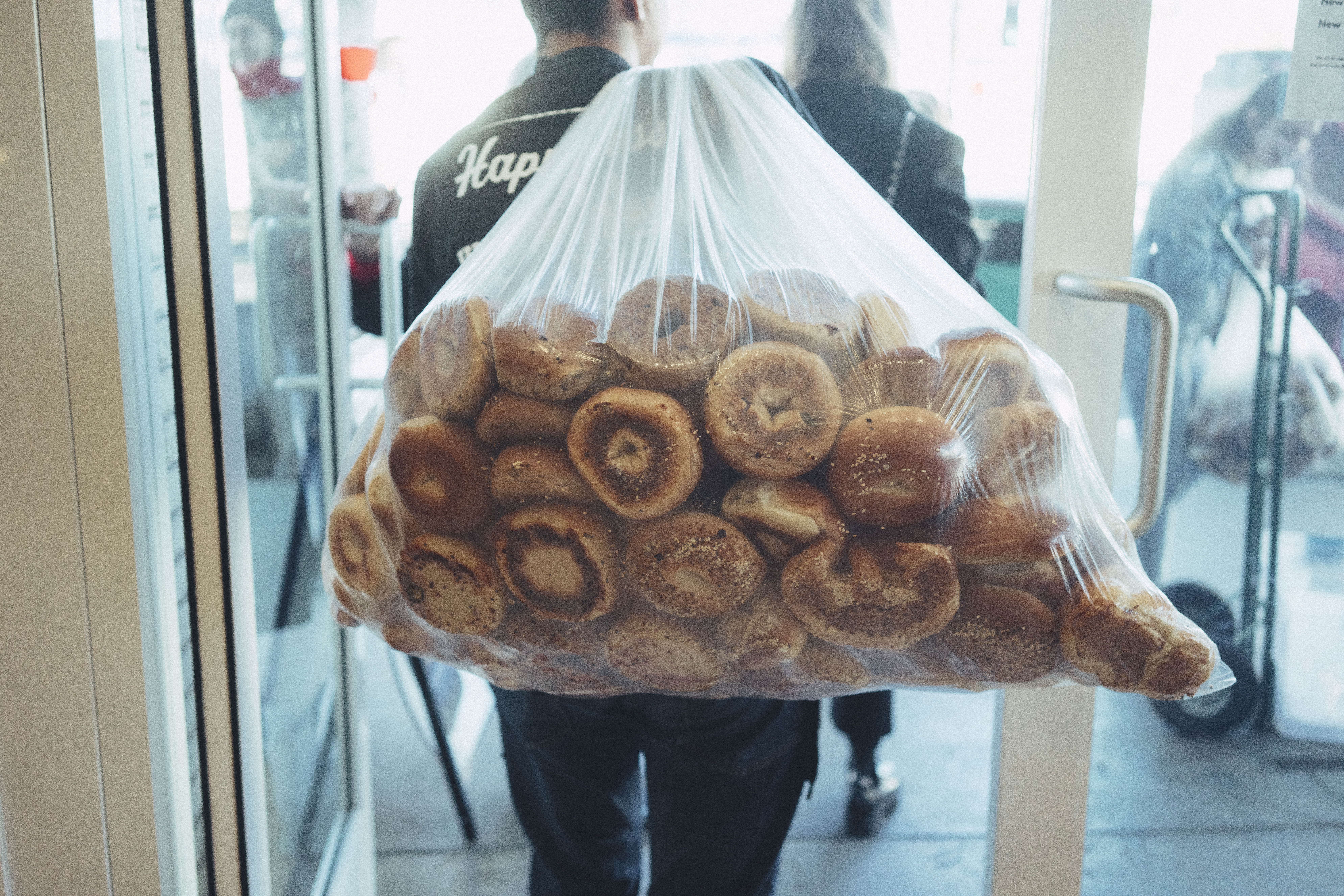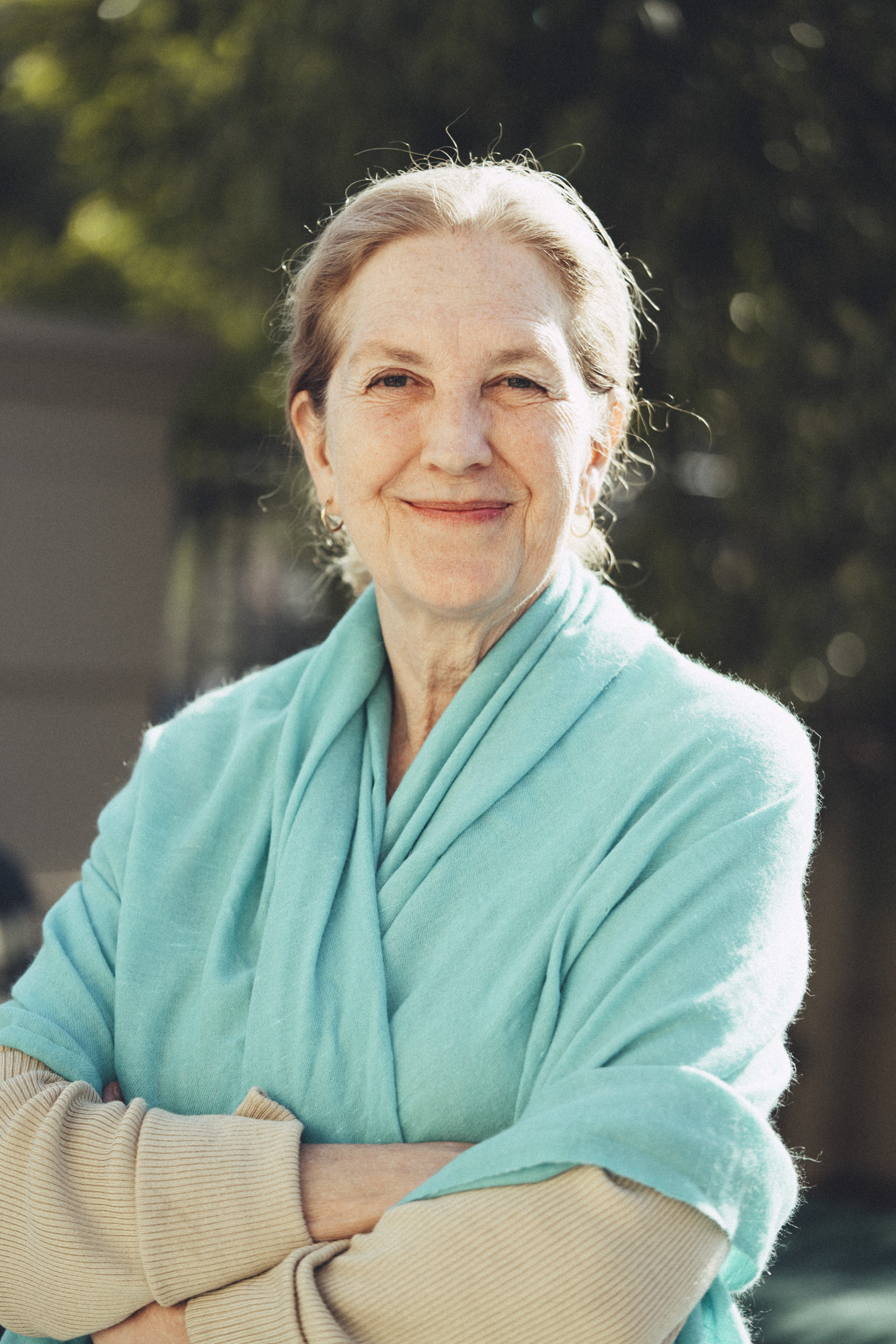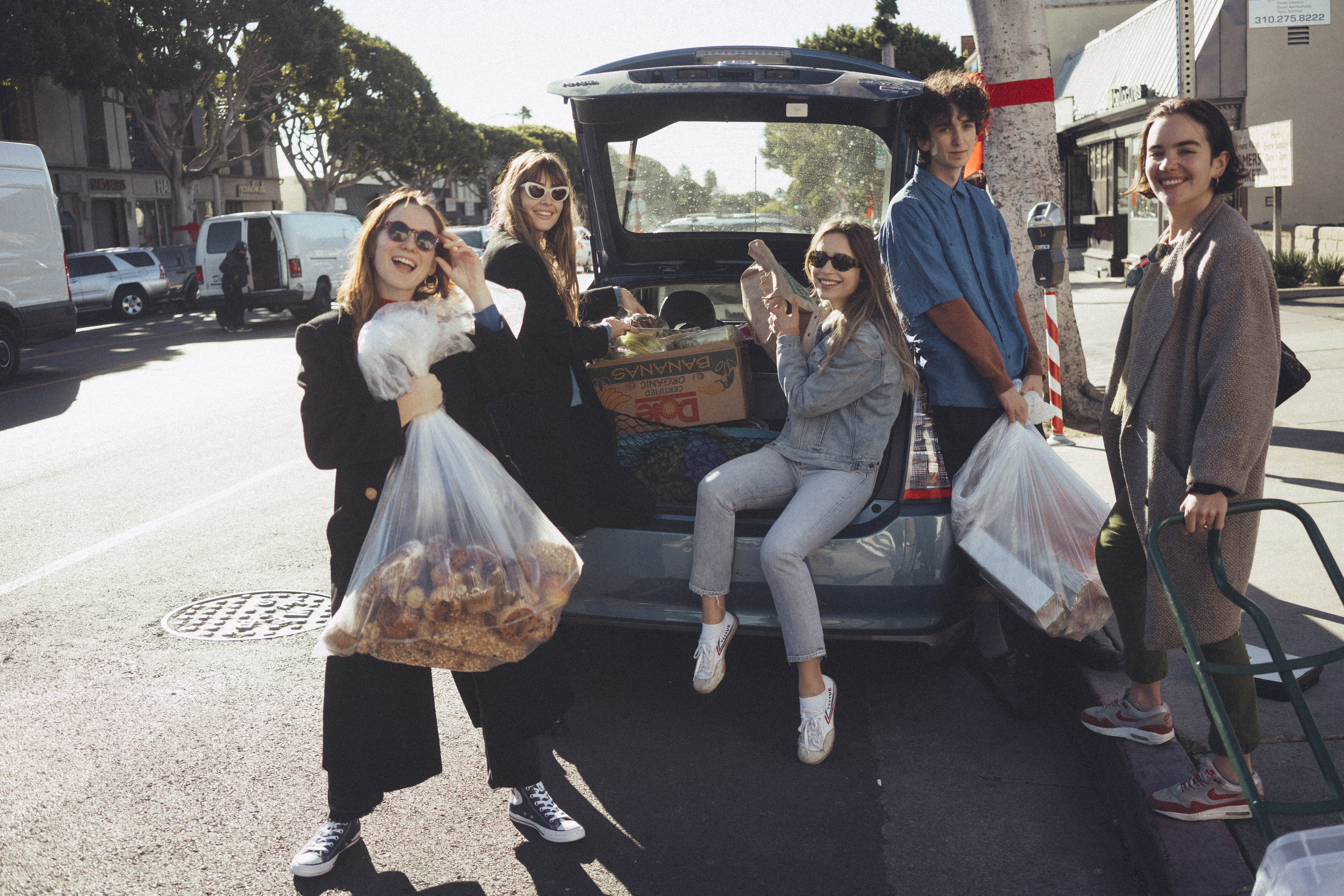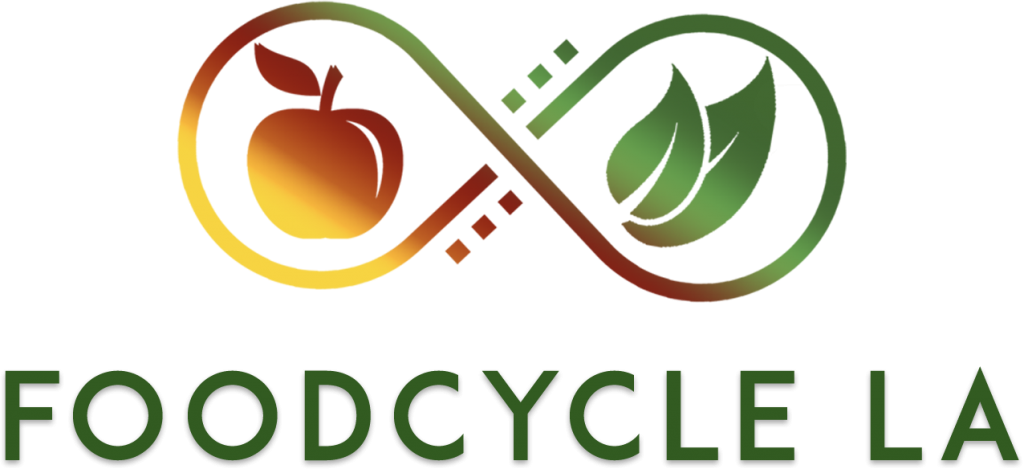Feeding the homeless & hungry in Los Angeles: How one organization is on track to provide 204,000 meals to those in need by recycling food
In statistics released earlier this year, the homeless population in Los Angeles County surged by 12 percent.
In a city already in the midst of a homeless epidemic, the numbers are alarming, with 59,000 people living on the streets, and the new figures representing a 50 percent increase since 2011.
The data was presented by Los Angeles Homeless Services Authority (LAHSA) executive director Peter Lynn, who said: “We have the largest unsheltered population in the nation and one of the largest homeless counts across America. Only New York has more people experiencing homelessness on any given night.”
Despite the best efforts of an array of organizations including Mayor Eric Garcetti’s initiatives, which you can read about here, this humanitarian crisis gripping a city with so much wealth, doesn’t seem to be going away anytime soon.

But there are organizations out there trying to ensure that the homeless population and the estimated 1.5 million people who suffer from hunger in Los Angeles are at least being provided with the basic necessity of food.
Thirteen years ago, Nancy Beyda the Executive Director of FoodCycle LA, joined her friend Alex Rose and a group of volunteers that picked up food from a Bristol Farms grocery store, food that would have otherwise been thrown in a dumpster. The group then delivered it to a shelter downtown that serves women and children.
“I was shocked to see how much food was being thrown out, and even more upset when I began to learn more about the negative environmental impacts of all that wasted food,” Nancy recalls.
From there, this one-off experience became the daily norm for Nancy. and transpired into the formation of FoodCycle LA.
” The dumpster behind the grocery store was filled with perfectly good food that was being thrown away,” she explains. “I discovered that about 40% of food in the US is thrown away, that this is a major environmental issue and a big contributor to climate change, as food thrown into landfills releases methane gas. At the same time, I thought it was a real crime that so much food was being thrown out when there are so many homeless, hungry and food insecure people in our city.”

Since then, the organization has recovered food that would otherwise be thrown away by grocery stores, restaurants, offices and farmers markets and delivered it to organizations that feed the hungry. They have also sought to raise awareness about food waste and the negative impact that it has on the environment.
“We have evolved from a small group of volunteers picking up food from one grocery store to a thriving non-profit that picks up much more food and is also working to address obstacles to donate, to create systemic and policy change and to educate the public about the need to change our broken food system,” Nancy explains.
She adds: “Currently, we’re projected to provide 204,000 meals this year. We deliver that to sixteen different organizations that feed hungry people. We’re constantly working to expand our network of donors and receiving agencies throughout the city.”
In the U.S. about 150,000 tons of food is thrown away every single day, or around a pound per person. Given that there are 49.1 million Americans are food insecure and don’t know where their next meal is coming from, the idea of throwing away food that is not past its sell-by date, is no longer feasible for the world in which we now live.
“Food insecurity is defined as being without reliable access to a sufficient quantity of affordable and nutritious food,” Nancy (pictured below) states. “Children and the elderly are particularly at risk of being food insecure.”

Her over a decade-long journey of kindness and giving back hasn’t always been smooth sailing for this 64-year-old midwife and environmentalist — there have been some frustrating moments.
“I believe that during any process of growth and expansion there are plateaus and setbacks that cause you to re-evaluate and change direction,” she reveals. “For me, it has always been disheartening to look in the dumpster behind a business and see how much they have thrown out, even though they knew we would be coming to pick it up. it’s hard for me to understand people who would rather throw food out than send it to hungry people.
This is one of the reasons we decided to prioritize outreach and education, without these, behaviors will not change.”
Over the course of her work, however, there has been a lot of love and gratitude from those who she has helped.
“It is always wonderful to have an opportunity to go out on the streets and see how this food can impact the lives of people,” she says. “Sharing food with people is showing that someone cares about them. Sharing food together is also a way to create community and connection, something that not only the homeless but many others in our culture are lacking.
“For the past few years, I have spent Monday mornings making smoothies for participants at a homeless organization in Hollywood. the people coming there are so appreciative. One young woman who is a recovering alcoholic had been homeless and she told me how much the smoothies I gave her helped her stay sober and get off the streets. I never would have imagined that such a small thing could have such an impact, but I believe that the love and caring that came along with the smoothies was what did the trick.”
And, what does she see as the biggest misconception of the homeless?
“There are multiple factors that cause homelessness and hardworking decent people are at increased risk of becoming homeless right now,” she says. “There are also veterans, the seriously mentally ill and kids who come out of the foster care system or who have no family support. The population of homeless women has increased tremendously over the past few years and these women are at great risk on the streets. Many come from abusive homes or have suffered domestic abuse at the hands of a partner.”
In five years, Nancy hopes the organization will “increase the amount of food we are recovering and to work to create systemic change by educating businesses and the public about the negative impacts of wasting so much food.”

So what do kindness and hope mean to a woman who is brimming with both?
“Doing what is in front of you and working to make the life of even one person a little better.,” Nancy relays. “Ultimately, if everyone has this attitude it will heal the planet.”
As to what makes her happy?
“Serving others, fulfilling the reason that I am on this planet, seeing my friends and family and doing what I can to make the world a better place,” she adds.
And, that, indeed, she is achieving.
To learn more about FoodCycle LA or to volunteer or donate, please click HERE.



This is a fabulous article. Many thanks. Mary Mann